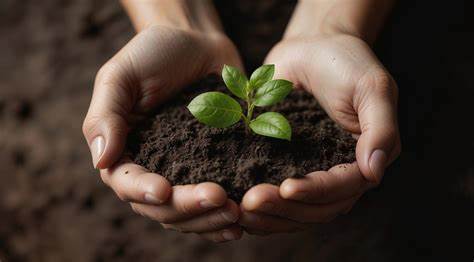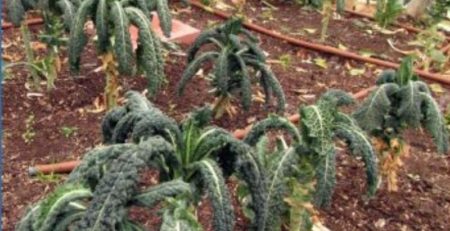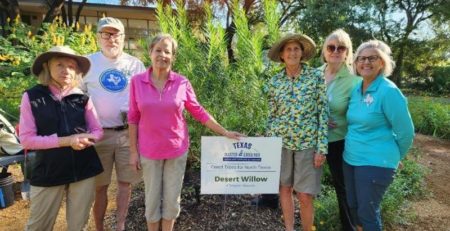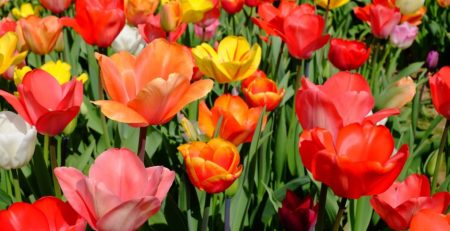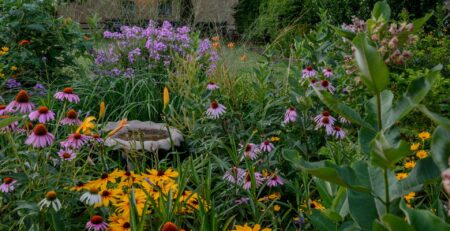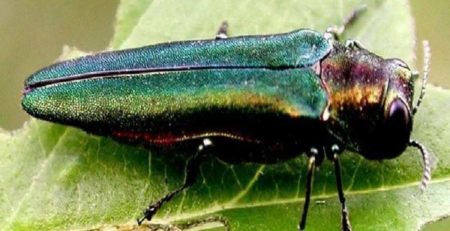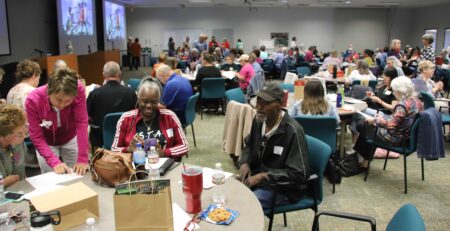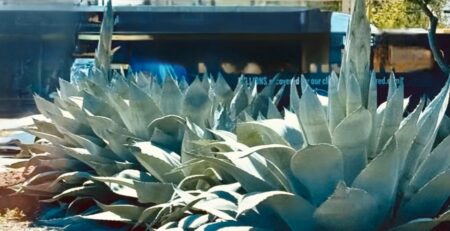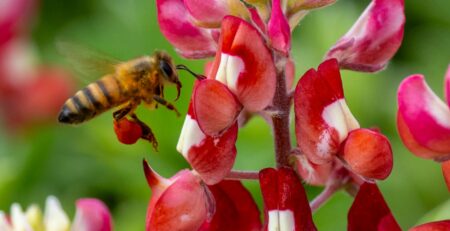What to Plant Now
While temperatures outside are still too cold for planting, consider starting seeds indoors to create your own vegetable and flower transplants. Starting seeds indoors is a great way to get a jump on the growing season. Tomato, eggplant and pepper seeds will not germinate in cool soil, so starting the plants indoors gives them time to grow to the point where they can be directly transplanted into the garden in the spring. An advantage to using seeds is that you may be able to choose varieties of vegetables and flowers that might not be available in nurseries as transplants, plus nurseries often stock a limited variety of plants and the popular ones may be picked over early in the season.
To succeed with seeds, it is important to have a plan. Seeds need time to germinate, grow and harden off to be ready to transplant into the garden at the appropriate planting time. In order to germinate, seeds need warm soil, and once sprouted, they need 12-16 hours of strong light. If your home is cool and lacks adequate sunlight, you may want to invest in a
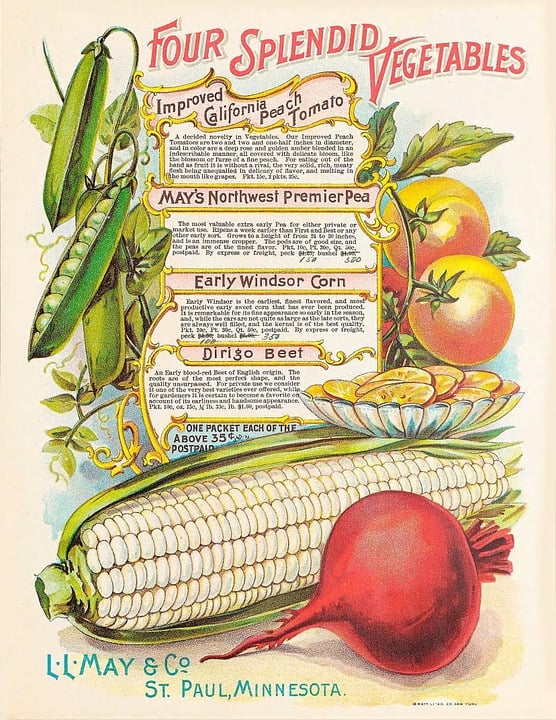
seed warming mat and some grow-lights. If you plant seeds in flats or small-celled trays, then you will need to transfer them into larger containers where they will finish growing. 7 to 14 days prior to transplanting, you will need to “harden off” the plants. During this period, water and fertilizer is adjusted and the plants are gradually acclimated to outdoor growing conditions.
To decide which seeds to plant and when to plant them, you need to know about how long it takes for the particular variety of plant to reach transplant maturity, and what the appropriate outdoor planting date is for your region. Tomatoes take about 5 to 6 weeks to reach a suitable size for transplanting and the recommended outdoor planting window in North Texas is March 25 through April 15. By starting seeds indoors from mid to late January, you should have tomato plants ready to go when planting time arrives. Plants differ in germination times and rate of growth to transplant, so you need to plan accordingly. Most seed packets will provide basic growing instructions, and seed suppliers and garden centers often offer this information on their websites.
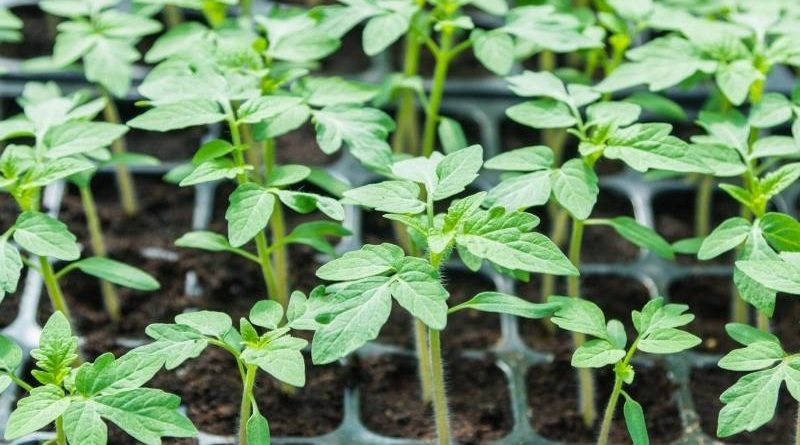
For the recommended outdoor planting dates for North Texas, click here: https://dallas-tx.tamu.edu/files/2010/06/Vegetable-Planting-Guide.pdf.
For a list of recommended vegetable varieties for North Texas, click here: https://agrilife.org/urbantarranthorticulture/files/2020/06/B-6-Vegetable-Varieties-for-North-Central-Texas.pdf. It is not recommended to transplant root vegetables such as carrots and turnips, because the roots are easily damaged during the process and may not form properly.
Although the process of seed starting may seem a bit daunting at first, there are many great resources available to help you along the way. This video from University of Maine offers a simple overview of what is involved: https://www.youtube.com/watch?v=Da1gOgjaqaM
Other valuable sites:
https://dallascountymastergardeners.org/what-do-i-need-to-start-seeds-indoors/
https://txmg.org/rockwall/seed-starting/
https://yardandgarden.extension.iastate.edu/how-to/how-successfully-start-seed-indoors
https://yardandgarden.extension.iastate.edu/faq/do-i-need-purchase-heat-mat-successfully-germinate-seeds-indoors
https://yardandgarden.extension.iastate.edu/how-to/growing-indoor-plants-under-supplemental-lights
https://polk.ces.ncsu.edu/2019/03/simple-but-necessary-hardening-off-vegetable-seedlings/

